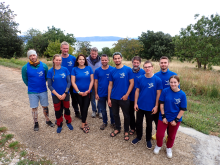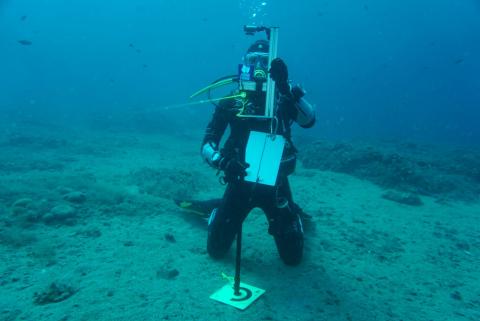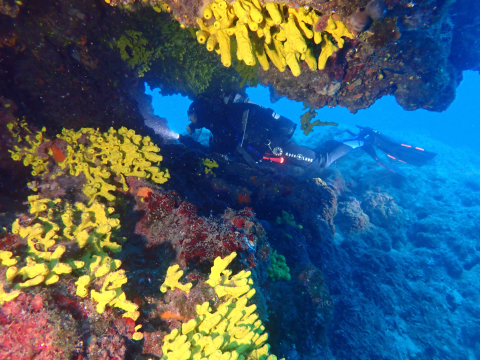
Excursion to Croatia - Sveta Marina 2024
From September 7 to 21, 2024, six participants had the opportunity to deepen their knowledge of scientific methods underwater as part of the diving excursion to Sveta Marina on the east coast of the Croatian peninsula of Istria. The coastal section, which has been regularly investigated by the Scientific Diving Center for over 20 years, also served as a research area this year.
The aim of the excursion was to continue the long-term monitoring of biotic and abiotic factors. The prospective Scientific Divers conducted research in various subject areas such as biology, chemistry, geology and engineering. This ongoing work helps to gain valuable insights into changes in the underwater world and collect important data for the future.
This year's focus was on mapping the characteristic geology of the karst region under water, which enables a detailed recording of the unique geological structures. The presence and distribution of anemone species was also investigated in order to gain a better understanding of the biodiversity in this region. Another research topic dealt with the influence of abiotic site factors on the species composition of selected areas in order to analyze the interactions between environmental conditions and biodiversity. This was supplemented by the application and further development of photogrammetry, a technique for the three-dimensional measurement and representation of underwater structures. In addition, the focus was on the identification and distribution of fluorescent species under UV light, which made the use of night dives indispensable.


